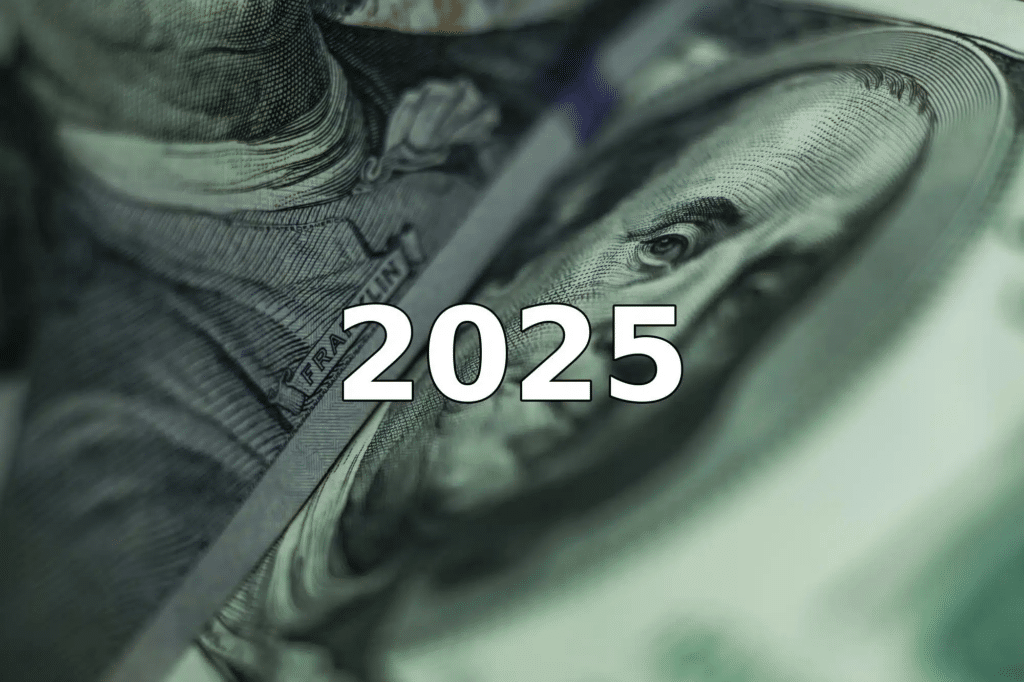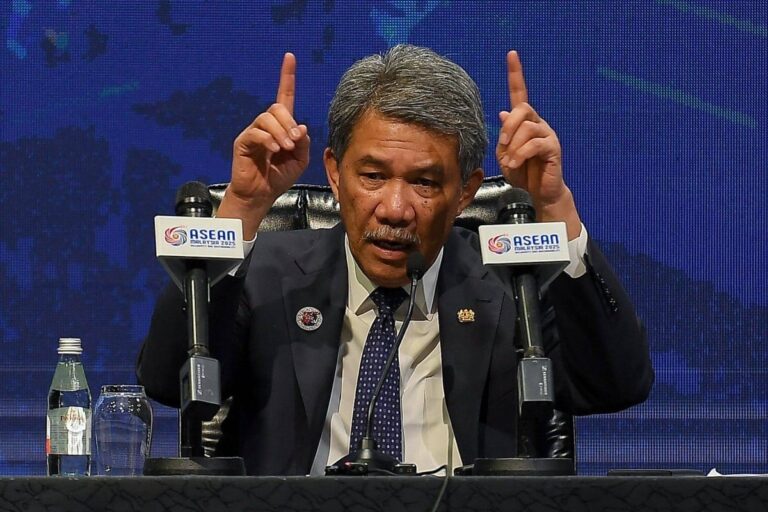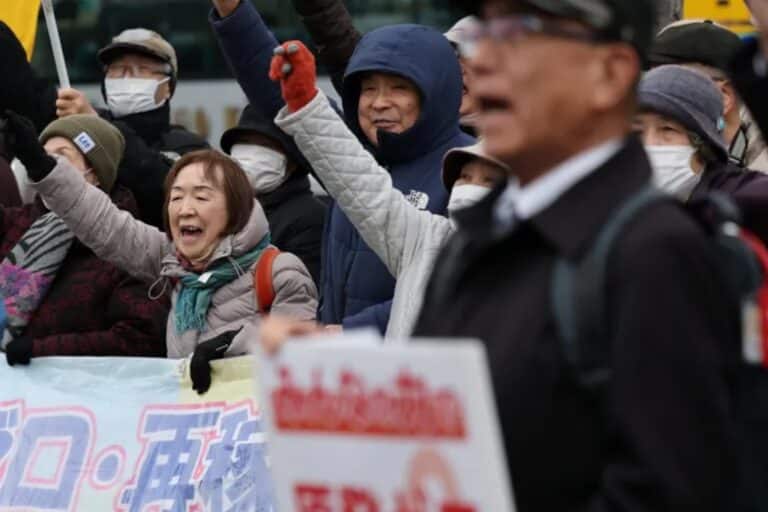
The Uzbek soum depreciated by 4.5% against the US dollar in 2024. This represents a notable improvement compared to last year when the currency weakened by almost 10%. Kursiv Uzbekistan spoke with experts to understand the factors influencing the soum in 2024 and their projections for 2025.
Exchange rate trends in 2024
«2024 proves challenging for the Uzbek soum,» says Nuriddin Lafizov, head of Alif in Uzbekistan. He explains that while there was no direct pressure on the currency, factors like the trade balance and the real effective exchange rate (REER) have had an impact. REER measures the currency’s stability against those of key trading partners. It reached 106% by November 2024 exceeding the optimal level of 100%. This indicates that the national currency is overvalued.
Lafizov notes that the rise in REER results from the decline of major trading partner currencies, including the Russian rouble, Kazakh tenge, Chinese yuan, and Turkish lira. The soum’s relative strength against these currencies increased the trade deficit and added challenges for exporters.
Ivan Orlov, an analyst at Satori IB Group, states that the Kazakh tenge declined by 14% against the dollar in 2024, while the Russian rouble weakened by over 15%. He adds that the soum’s moderate depreciation last year partly reflects the low base effect of 2023 when the currency declined sharply.
Shodibek Kenjayev, senior analyst at Kap Depo, mentions that the exchange rate in 2024 has been shaped by rising demand for foreign currency in the first quarter, weaker trading partner currencies, and higher external debt payments.
Kenjayev also highlights that the issuance of $1.5 bn in Eurobonds strengthened the country’s financial stability contributing to a relatively stable exchange rate.
Impact of gold, foreign exchange reserves and the Central Bank
Orlov also states that despite pressure from the weakening rouble and tenge, Uzbekistan’s currency demonstrates resilience. A positive factor is an increase in gold and foreign exchange reserves from $35 bn on January 1, 2024, to $41 bn by December 1, 2024. This sends a reassuring signal to the market and strengthens the soum’s stability. The Central Bank of Uzbekistan relies on foreign exchange interventions as a key tool to maintain the exchange rate. Orlov notes that in 2022–2023, the Central Bank actively used this instrument by drawing on its reserves.
According to Nuriddin Lafizov, the Central Bank continues its strategy of maintaining a stable exchange rate as it did the previous year. This approach helps to avoid volatility in the foreign exchange market. However, challenges remain, as the overvalued currency puts pressure on the export sector. The Central Bank devalued the soum by 3.8% in August 2023, citing similar factors. Yet no such measures were taken in 2024 reflecting the regulator’s cautious stance, Lafizov points out.
Shodibek Kenjayev highlights that the change in Central Bank leadership and the appointment of Timur Ishmetov could have significant implications in the future. Ishmetov, an advocate of market-driven economics, focuses on reducing inflation and enhancing the private sector’s role in the economy. This instils confidence in macroeconomic stability, he says.
Projections for 2025
At the start of 2025, the soum may cross the psychological threshold of 13,000 per US dollar, predicts Lafizov. By the end of the year, the rate could reach 13,700–13,800 soums per dollar. The Central Bank is expected to maintain its cautious approach to minimise risks and control inflation.
«This trajectory reflects the need to strengthen exporters’ competitiveness, reduce the trade deficit, and adjust the overvalued national currency,» says Lafizov.
Orlov also emphasises the importance of export development. Demand for Uzbek goods in international markets could generate foreign currency inflows and support the exchange rate. However, external risks, particularly instability in the CIS region, remain a concern, he warns. Orlov cites a forecast by Uzbekistan’s Ministry of Economic Development and Finance, which projects an average annual exchange rate of 13,350 soums per dollar in 2025, representing a y/y devaluation of 4.8%.
Kenjayev presents a similar scenario, predicting an average annual exchange rate of 13,300 soums and an end-of-year rate of 13,450 soums.
«No major fluctuations or sharp movements in the sum’s exchange rate are expected next year, even with potential changes to the Central Bank’s key interest rate,» he adds.
Challenges and solutions for 2025
Experts agree that 2025 will be a year of gradual adaptation to new economic realities. Support from the Central Bank and export growth are expected to play key roles in stabilising the Uzbek sum. At the same time, external factors, such as changes within the CIS and the global economy, will remain significant challenges for the national currency.
«The Central Bank is likely to maintain a cautious approach to minimise market risks. Moderate devaluation will help keep inflation under control and avoid sharp currency fluctuations that could jeopardise economic stability. Monitoring external factors, including the exchange rates of trading partners, will remain crucial in influencing the dynamics of the Uzbek soum,» says Nuriddin Lafizov.
Shodibek Kenjayev believes that the stabilisation of partner countries’ currencies, including the Russian rouble, could serve as a positive factor. Additionally, a more measured foreign policy from the United States, particularly with Donald Trump’s return to power, may reduce geopolitical tensions, which would positively impact the economy and foreign currency inflows.
Despite the challenges, Orlov highlights that currency devaluation is a common phenomenon in developing economies. For individuals, this is partially offset by high interest rates on bank deposits in local currency. According to the Central Bank, in November 2024, the average interest rate on individual deposits in soums reached 22.1%, significantly exceeding the devaluation rate and offering exceptionally high quasi-dollar yields.













